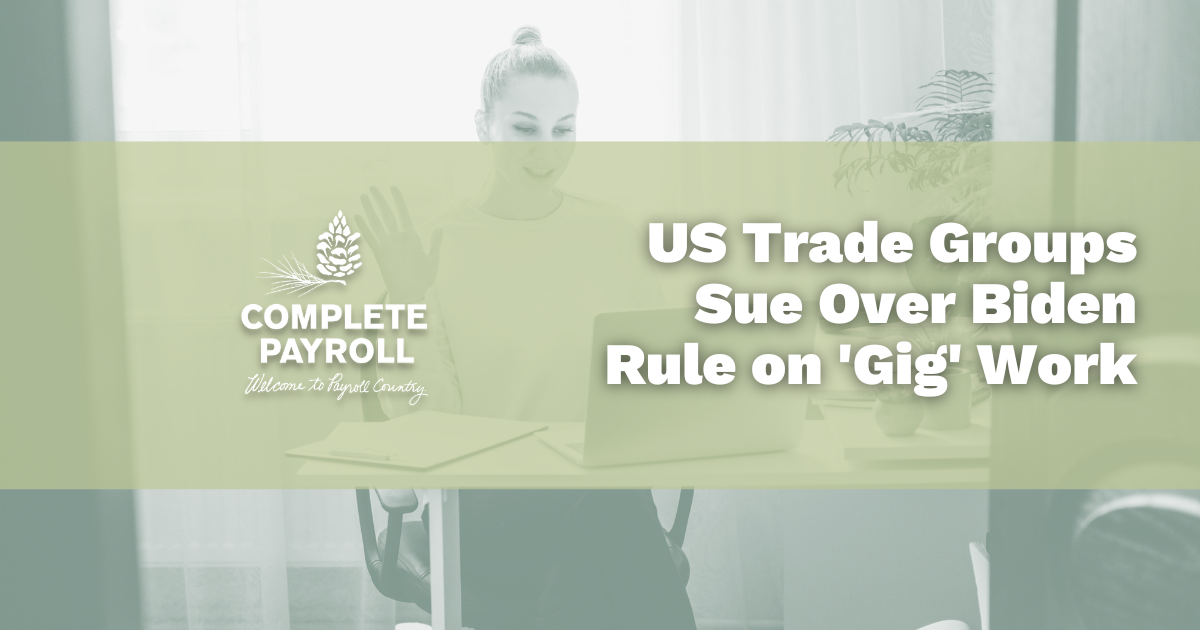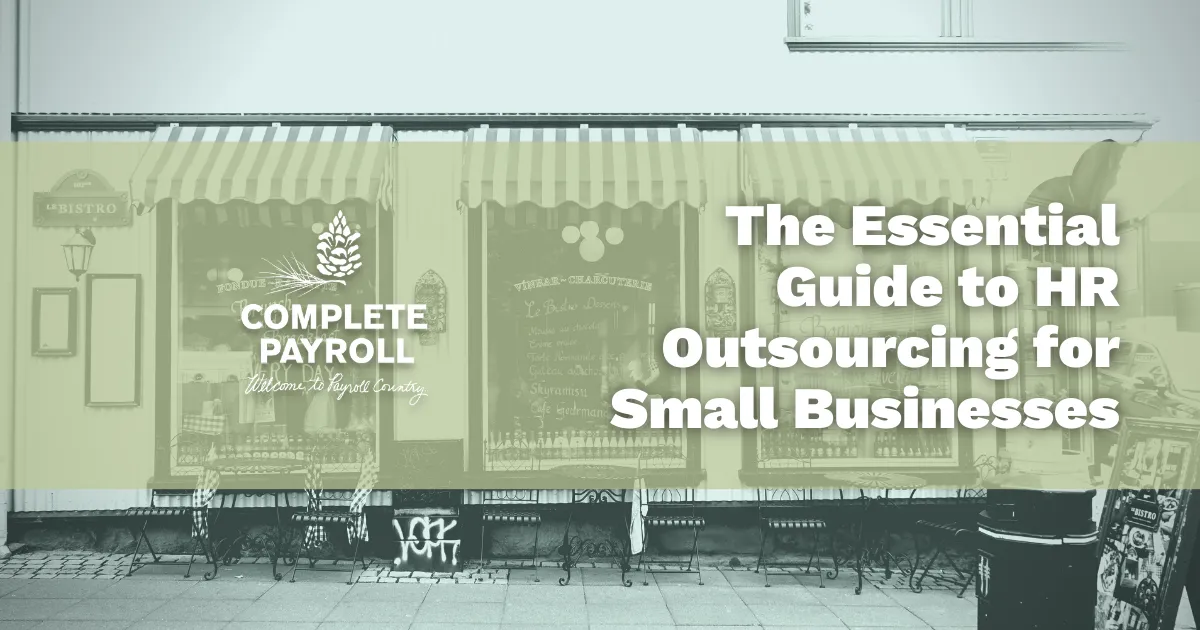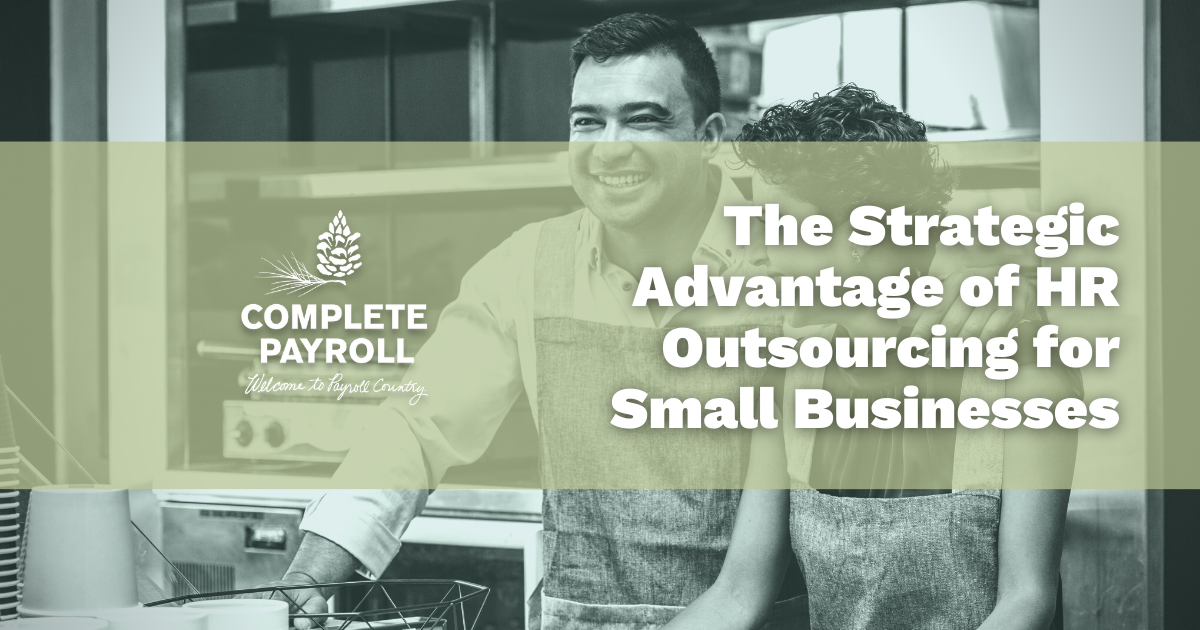
Every year the United States Equal Opportunity Employment Commission requires that you file an EEO-1 report summarizing employee demographics and job-position data, and if you’d like a bit more detail on what that’s all about, we’ve put together a complete summary of the whole thing for you here.
One primary question you’ll have to answer when filing is whether or not your company is a multi-establishment company. While the yes or no of the question might be quite simple to answer, there are some very specific technicalities that are important to take into consideration.
In the eyes of the Equal Opportunity Employment Commission, a multi-establishment company is any corporation that does business out of multiple physical locations.
Single-establishment companies will have much smaller reports to submit each year. Since they’re only reporting one location, they’re only required to file a single Type-1 data report.
Meanwhile, multi-establishment corporations have to submit much more documentation containing various forms of reports regarding each location. Except for company headquarters, all locations with even one employee must be reported.
Types of Establishment Reports
Skipping past Type-1 data reports (for single-establishment companies) and Type-2 consolidation reports (which we cover in depth in our article about types of EEO-1 reports, establishment reports are the real meat and potatoes of EEO-1 reporting.
There are several types of reports you’ll have to deal with as a multi-establishment company, depending on your situation. They are as follows:
Type-3 Headquarter Report
As a multi-establishment company, you’ll have to select one location as your “headquarters.” This is the location management works, where your records are stored, bills are filed, etc. This report catalogs the employees that report to work at just that location, so you’ll only need to file one version of it.
Type-4 Establishment Report
This report is for locations that employ 50 or more employees. Multi-establishment companies are required to submit a Type-4 report for every location with 50 or more employees. So if you have five locations that have 100 employees each, then you would be required to file five Type-4 reports.
Type-6 Establishment List
This is one of two options when reporting locations with less than 50 employees. If you choose this option, then you must include the gender, race, ethnicity and job-status data of all employees company-wide on your Type-2 consolidation report.
Type-8 Establishment Report
This is the second of the two options when reporting locations with under 50 employees. Choosing this type of report will auto-populate the data into your Type-2 consolidation report, so it’s the best option if you haven’t yet completed that report.
Special Situations That May Cause Questions
Of course not everything is quite cut and dry. If you have five stores to file five Type-4 establishment reports for, sure, the EEO-1 process is simple. But what if you have two stores, an employee that works out of a client’s home, and a slew of remote workers who call-in by phone? That gets a little more complicated to report. Here are some special circumstances and how they’re handled.
Client Sites
Employees who work from client sites (such as carpenters who visit client homes, doctors who do house calls, plumbers, etc.) have long been a gray area on the EEO-1 reports, and the Equal Opportunity Employment Commission has decided to acknowledge it. Employers often were unsure if they should list the client-owned site as an establishment or if they should attach the employee to a different address. Currently there is no standard protocol, and either approach will be accepted without reproach.
Remote Workers
Remote workers are far more straight-forward than employees who work at client sites. They simply belong to the locations at which they report. If the supervisor they report to works at the headquarters, then they belong on the headquarters report. If the supervisor works at another establishment, then they belong on that establishment’s report.
If you need help with your EEO-1 forms from payroll experts who care about you and your team, we’re here to help. Reach out today for a consultation.




















